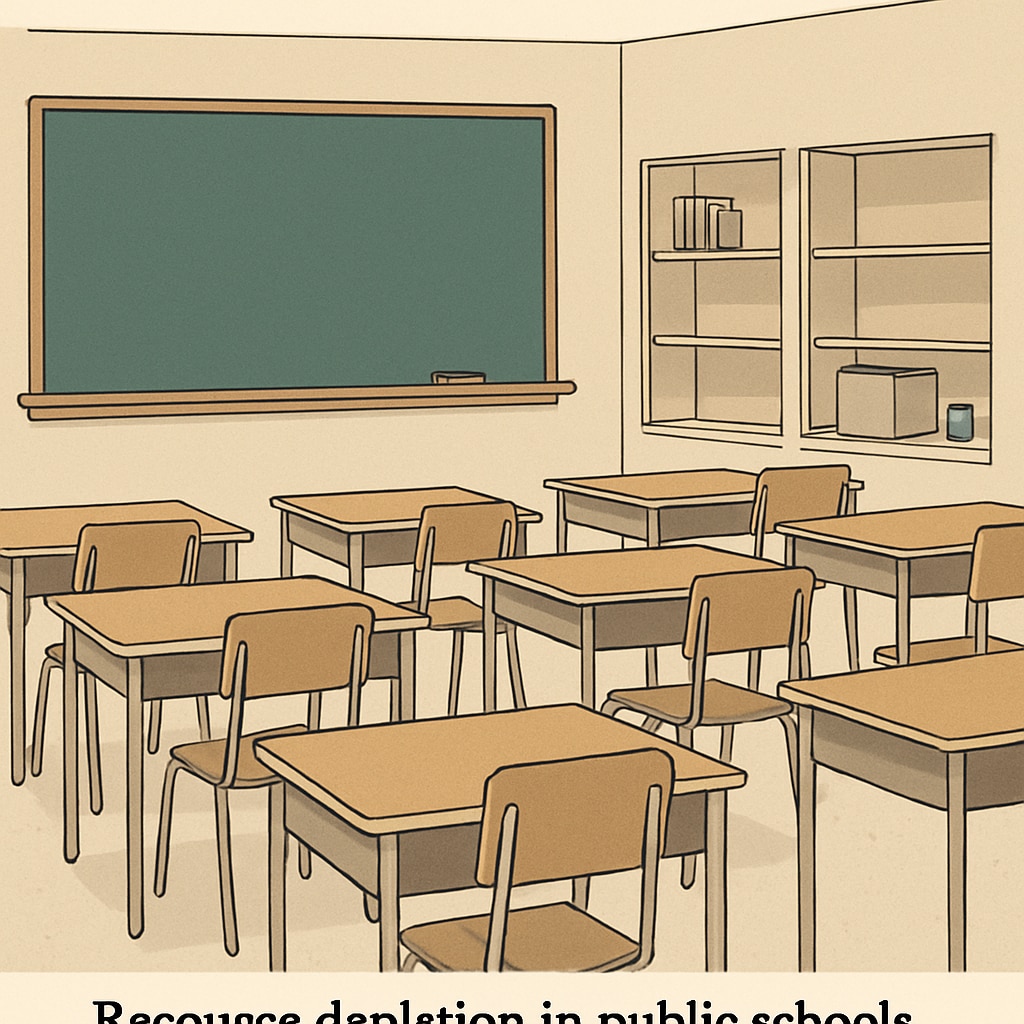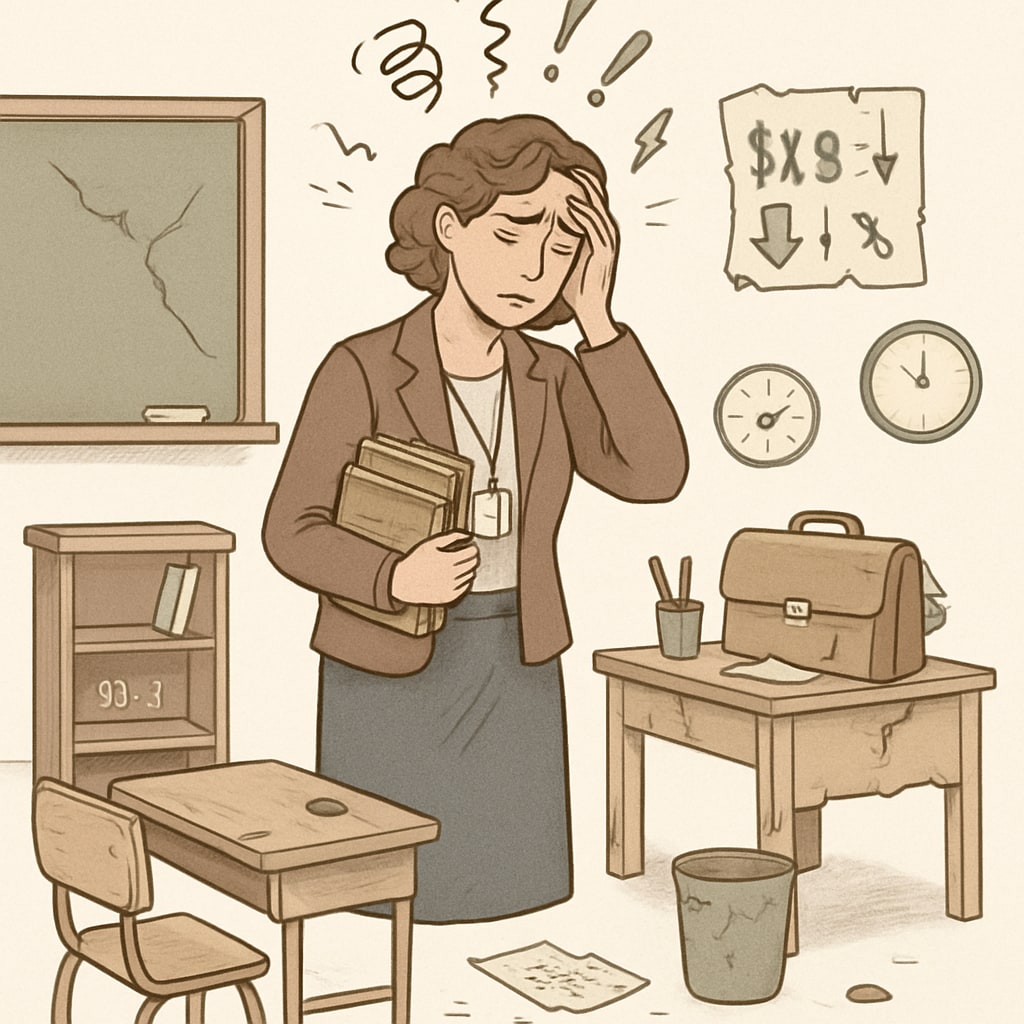The redirection of public education funds to private institutions is an alarming trend, with organizations like “Stand For Children” playing a critical role. While their mission outwardly champions the betterment of education, their actions often result in resource-starved public schools, teacher attrition, and even school closures. The privatization of education funding is not only reshaping K-12 education but also undermining its very foundation.
The Role of Stand For Children: Benevolent Advocate or Hidden Agenda?
At first glance, “Stand For Children” appears to be a well-intentioned education advocacy group. Established in 1996, the organization has long promoted policies aimed at improving student outcomes. However, a deeper examination reveals a more complex narrative. By championing policies such as school vouchers and charter school expansion, “Stand For Children” facilitates the flow of public education funds into private entities, leaving public schools scrambling for resources.
For example, school voucher programs allow parents to use taxpayer dollars to enroll their children in private schools. While this may seem like an opportunity for choice, the reduction in public school funding often results in larger class sizes, fewer extracurricular activities, and diminished support services for students who remain in public schools.

The Consequences: Public Schools in Decline
The reallocation of education funds directly impacts public schools, especially in underfunded districts. These schools rely on public funding to maintain teacher salaries, provide learning materials, and ensure the upkeep of facilities. When funds are redirected to private institutions, public schools are left struggling to meet basic needs. This creates a vicious cycle: as public school performance declines due to lack of resources, more parents opt for private or charter schools, further exacerbating the funding gap.
Moreover, the teaching profession has been heavily affected. Teachers often face stagnant wages, increased workloads, and reduced job security. Over time, these challenges lead to high turnover rates and a diminished pool of experienced educators in the public school system. For students, the impact is clear: reduced access to quality education and fewer opportunities for upward mobility.

Privatization of Education: A Threat to Equity
Privatization is often marketed as a way to increase competition and choice within the education system. However, it disproportionately benefits families with the means to supplement the vouchers or pay additional fees for private schooling. This creates a two-tier education system where wealthier families gain access to better opportunities, while disadvantaged students are left behind in poorly funded public schools.
Furthermore, private institutions are not held to the same accountability standards as public schools. They can select their students, leaving behind those with disabilities, behavioral challenges, or other needs. This undermines the principle of equitable education, which is the cornerstone of the public school system.
What Can Be Done?
To address these challenges, policymakers and communities must prioritize the following actions:
- Increase transparency in how education funds are allocated and spent.
- Strengthen funding mechanisms for public schools, particularly in underserved areas.
- Hold private institutions benefiting from public funds to the same accountability standards as public schools.
- Promote policies that enhance public education rather than diverting resources to private entities.
It is essential for stakeholders—parents, educators, and policymakers alike—to recognize the long-term implications of privatizing education. Without collective action, the erosion of public education could lead to a more divided and unequal society.
Readability guidance: This article uses short paragraphs and clear transitions to enhance readability. Active voice is used throughout, with lists summarizing actionable solutions. Images are strategically placed to visualize the impact of funding reallocation. Overly technical language has been avoided to ensure accessibility.


